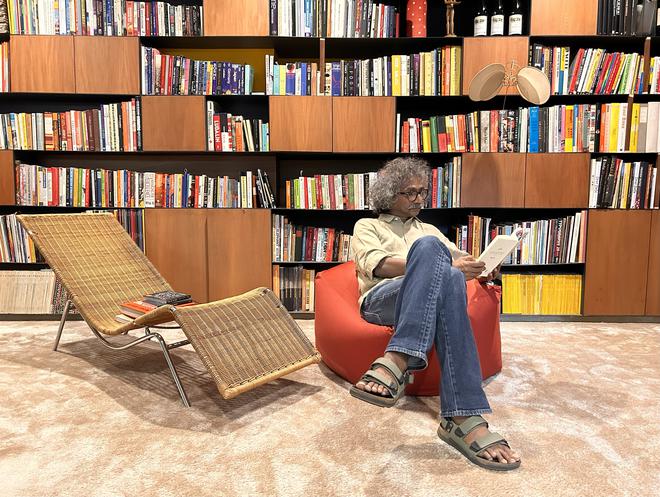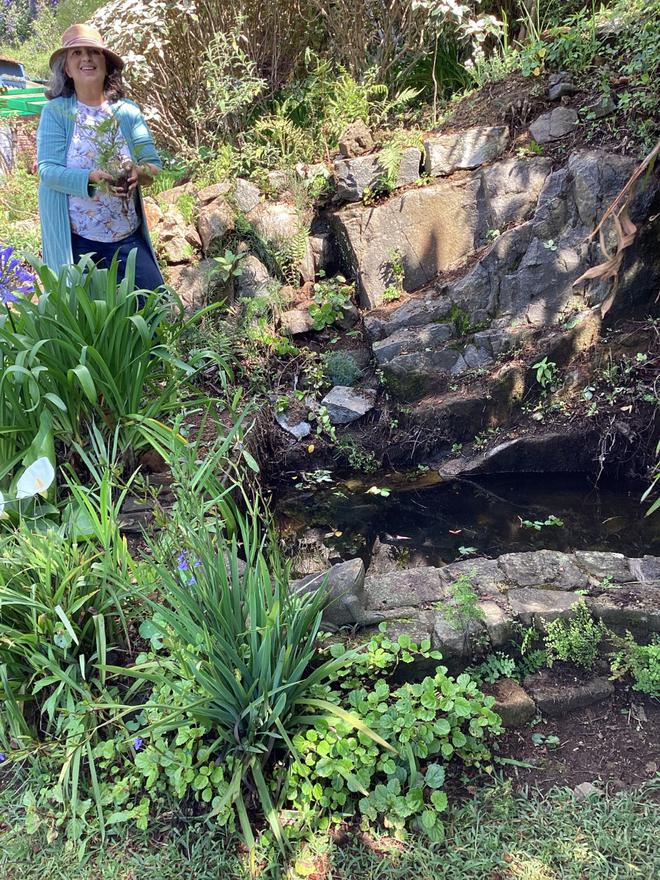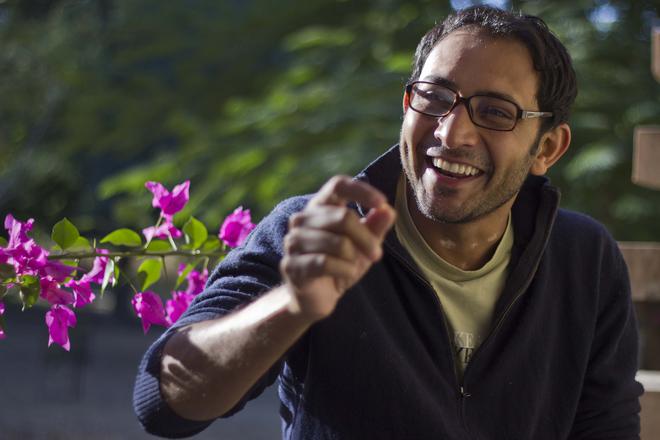Not everyone wants to spend summer renovating the house or investing in landscaping. But this season is also great for making small changes at home, a little more than fixing leaky taps or changing the cushion covers, for instance. How about sparking some joy with a book nook, or creating a study and entertainment corner? Here are some tips on getting started.
Create book nooks at home: Anthony Lopez, Gurugram

Remember that plan to revive your reading habit? Start by creating one or many book nooks that go beyond the usual bed or living room couch. At designer Anthony Lopez’s home and studio in at Gurugram, summer sees ‘knowledge building’ as the go-to activity. His studio boasts a fabulous reading collection, and the idea was mooted to spread the library books across the two floors of the open layout. Seating spaces were made more inviting by adding comfy cushions and bean bags. You’ll now find a book at every turn: many open, tempting you along the stairway, landing, tables, ledges and window seats. Another summer tradition at this collaborative studio is that each member gets their turn to dash up innovative ‘summer coolers’ as reading treats. Think watermelon-mint or mango and ice-cream shakes!
Introduce shades and aroma: Geeta Rajagopalan, Chennai

Feng shui expert Geeta Rajagopalan’s answer to the summer heat is simple. “I’ve covered all my windows with thick dark shades, an extra layer behind the curtains.” Geeta’s flat, which sits in the southwest, should ordinarily get a lot of heat. Yet, it is amazingly cool. She keeps her windows open for air in the mornings till half past 11 and then shuts them. A row of plants in the west-facing verandah provides an additional buffer. The air-conditioning is on just for a few hours. These simple adjustments ward off the heat and maintain an even temperature. Geeta’s other tips are to use lighter shades everywhere, such as white bedsheets and pillow-covers. “Keeping the house clutter-free and absolutely clean is essential.” Finally, she recommends using diffusers with mild perfumes as their soft fragrances permeate the air and bring a sense of overall well-being.
Switch to eco-friendly clean ups: Monika Khanna Gulati, NCR

Monika Khanna Gulati from NCR Waste Matters is emphatic about the need to recharge our starved soil with organic compost and revive its nutrient value. Even if we live in apartments, going beyond our homes and rejuvenating the soil in our neighbourhoods is the ultimate reward as it will bring the greens to life and cool our environment. Monika’s special project for every summer is to make bio-enzymes with lemon and pineapple peels. ‘It’s great to ward off pests, doesn’t cause allergies, and a fantastic washing material that brings sparkle to your whites naturally! Bio-enzymes are being used for bringing ponds and rivers back to life, so when we use them to wash our clothes or dishes, they go back into the sewage system, cleaning it up.” To make your own bio-enzymes, take your waste lemon peel and grind it with water. Add jaggery, and give it a shake every day to get out the gas as it ferments. In three months, your enzymes are ready to use.
Make your own bioenzyme citrus cleaner
Plan a fernery: Lathika George, Kodaikanal

This summer, writer and landscape designer Lathika George plans to create a fernery in a shaded corner of her garden in Kodaikanal by a pond, a favourite reading spot. “I can already picture the magical space it is soon going to be.” Sheltered by a rocky outcrop, the space receives filtered sunlight — ideal growing conditions for most fern species. Water flows into the pond year-long through crevices in the rock, keeping the soil moist. Lathika wants to replant endemic ferns like maidenhair ( Adiantum) and eagle fern ( Pteridium aquilinum), which grow wild in her garden. “My botanist friend Lekshmi also recommended whisk fern ( Psilotum nudum) and Ophioglossum, which will add a pop of colour as they have blooms.” Mossy fronds of lycopodium and a hardy wood fern will be coerced to grow in gaps of the rock face. A tree fern ( Cyathea crinita), which can grow up to six feet will add stature to the landscape design.
Watch the roses bloom: Loulou Van Damme, Kodaikanal
Designer and hotelier, Loulou Van Damme is excited to be hands-on in the garden of her Palani Hills home. Her simple tip for making roses bloom abundantly is to feed them nutrient-rich water and pulp of banana waste. To start, soak banana skins in a tub of water. After a week, the water blackens and the skins decompose. Banana peels are high in phosphorus and manganese — nutrients that plants love. “It’s like a miracle! My roses are looking so much better,” says Loulou, who is also into vermiculture. In her garden, she has constructed brick and cement bins about 4ft x 4ft, and 4.5 ft high with a lid on top. A ridge containing water all around the base acts like a moat, preventing ants from getting in. Inside, over a layer of rocks and dry leaves, she composts manure using worms, specially sourced from an organic bio-culture expert in Goa. “They propagate so fast, it’s fascinating. You get amazing manure after sieving. I put in semi-dry cow dung to feed the worms once I’ve removed the ‘black gold’.” Vermiculture can be done anywhere, in a bin on your terrace, even if you do not have a large garden. You can use kitchen waste instead of cow dung.
Insert a smart wall: Rahul Sen, Delhi

Delhi architect Rahul Sen converted an awkward space in the guest bedroom of a Gurgaon flat into a customised entertainment centre cum workspace. The niche, under a 9” beam and between columns was wasted space, so the designer decided to make the space functional. Now, the wall holds a bookshelf, a television screen and all the gadgets for a home entertainment centre. Located next to a window, this cosy spot was ideal for an 18” deep laptop ledge. Rahul notes that children often get stuck in their bedroom in a flat, and this set-up encouraged the young girl in the family to explore a different space. The compact laptop table has integrated lighting. The entire arrangement evokes the beauty of smart technology, flat screens, laptops and slim gadgets. Family members who work from home also use the wall for streaming media and video conferencing.
The writer is a brand strategist with a background in design from SAIC and NID.







